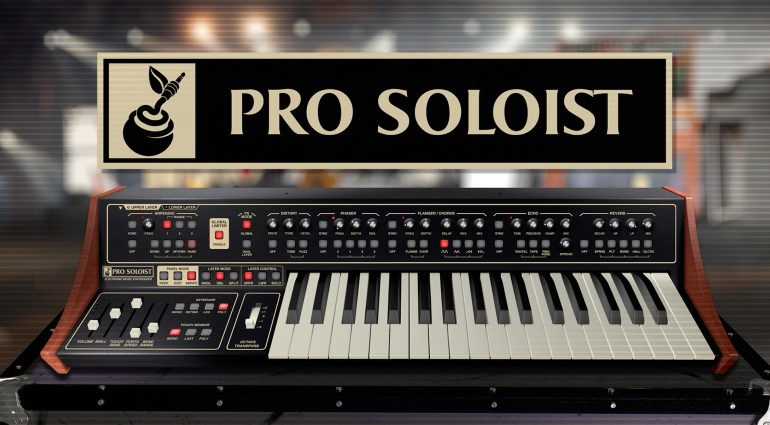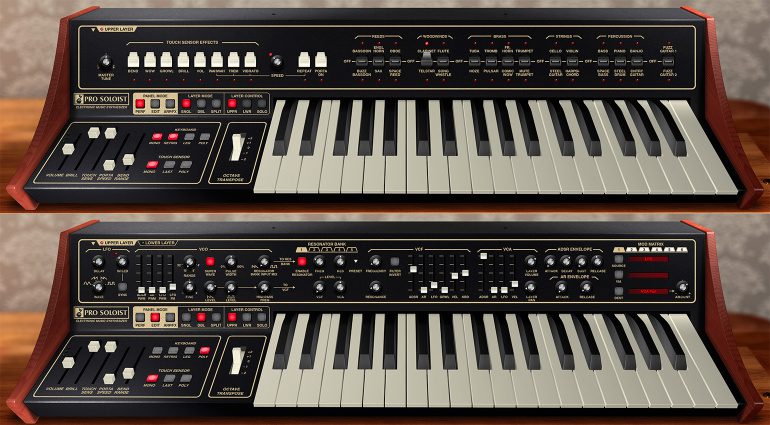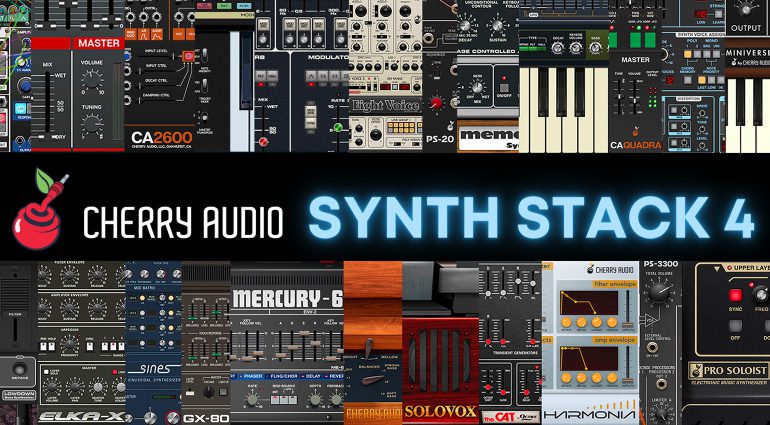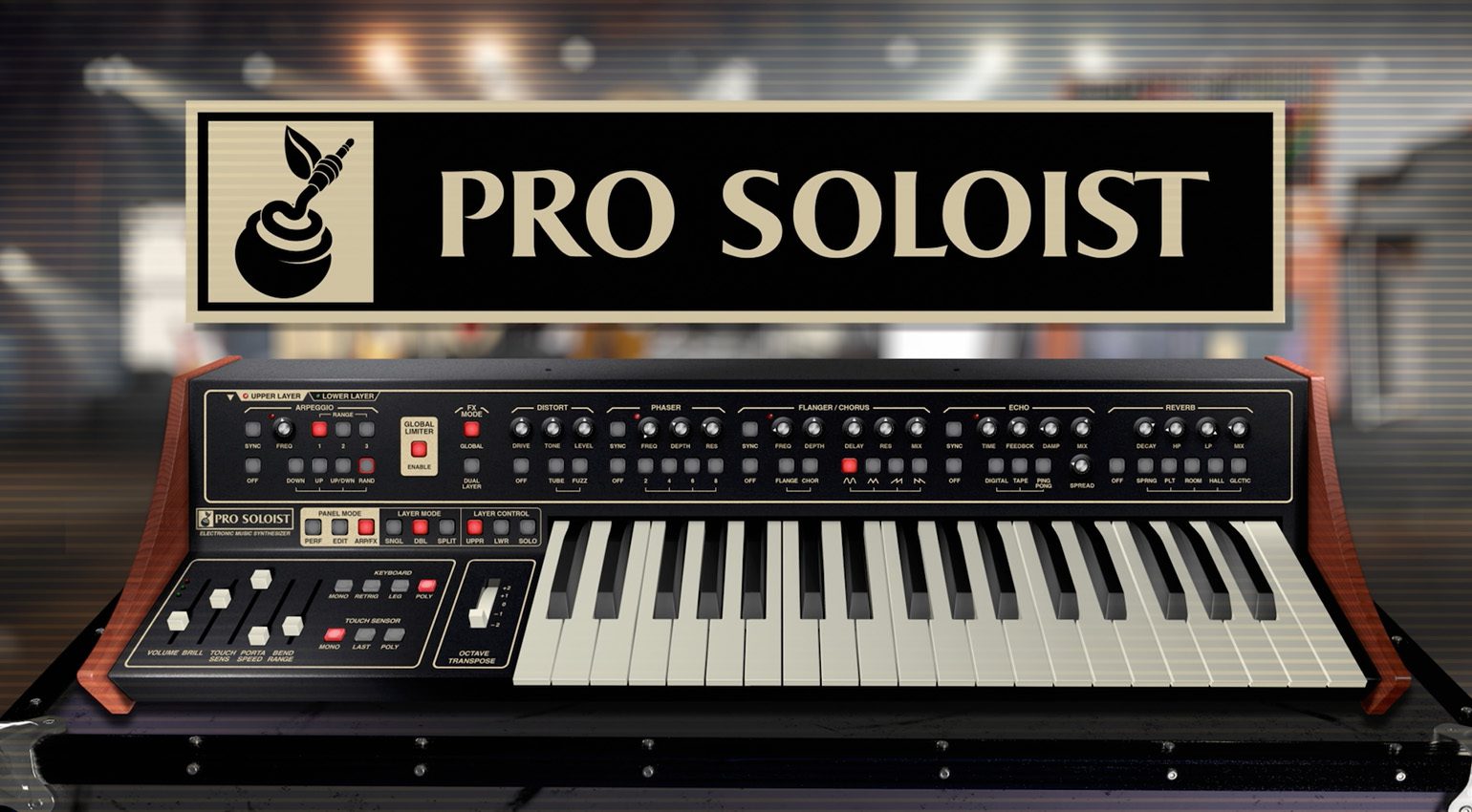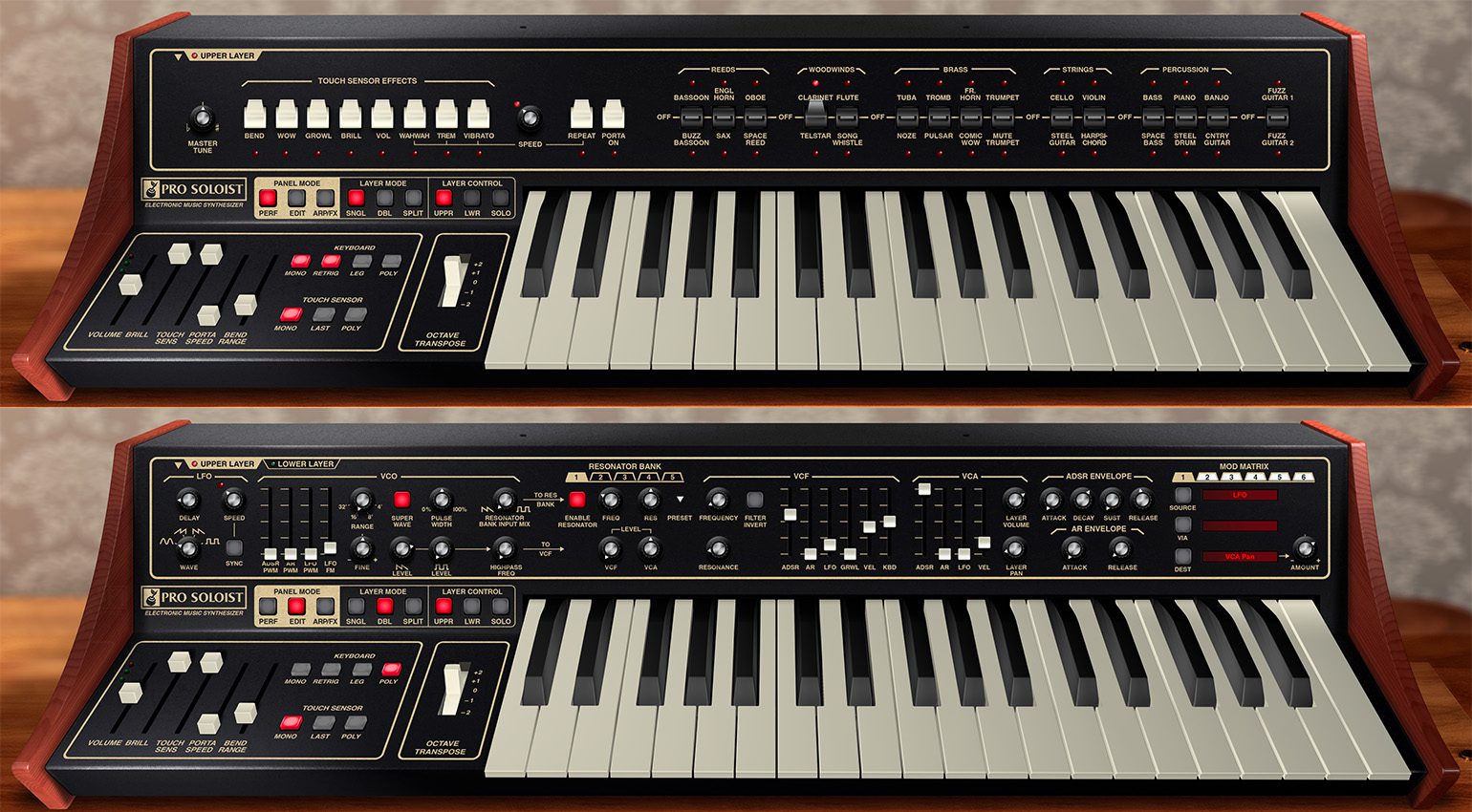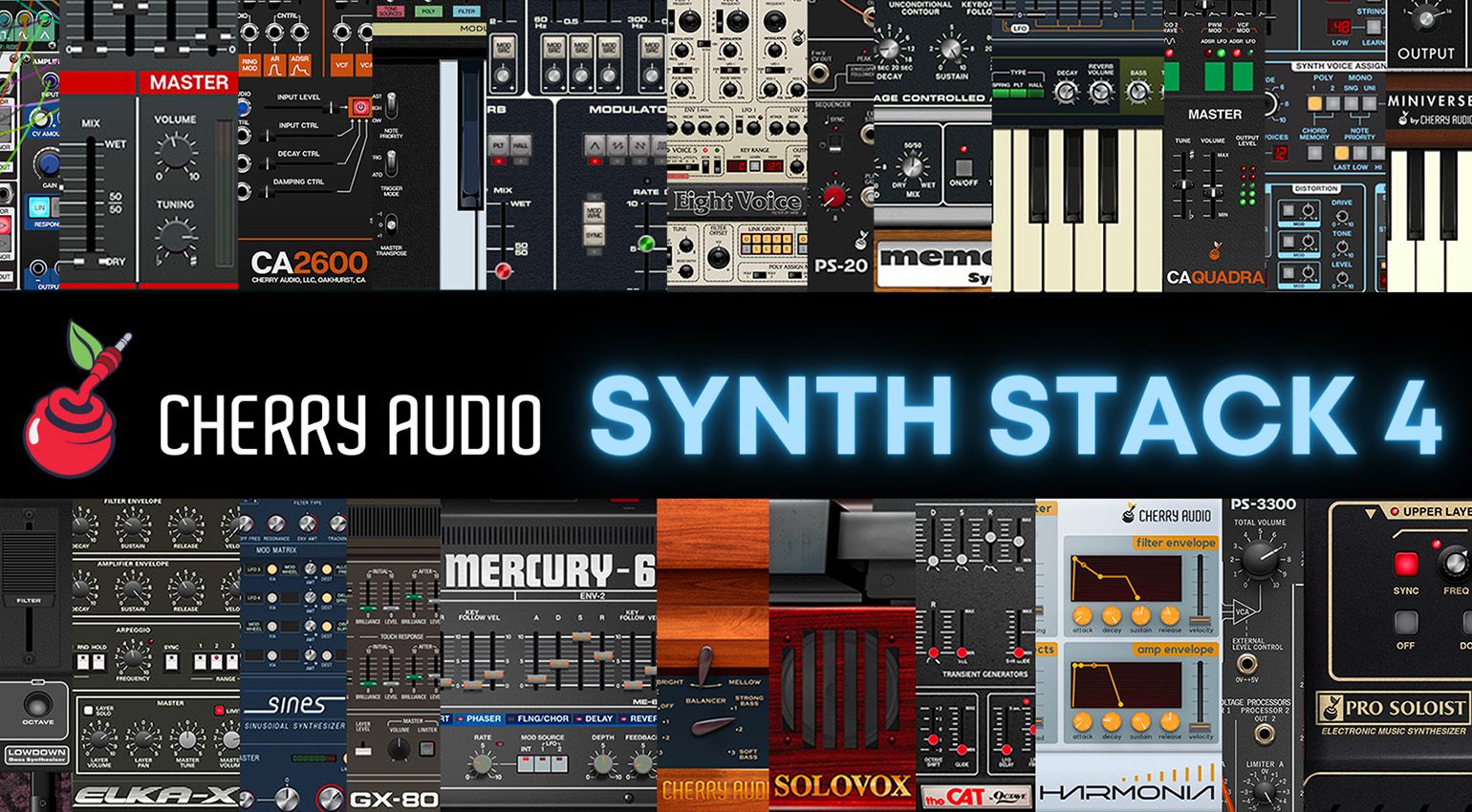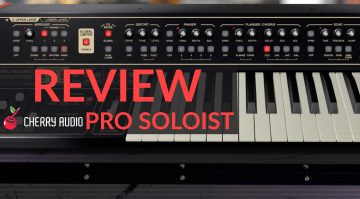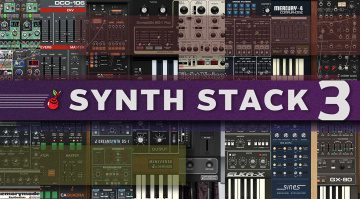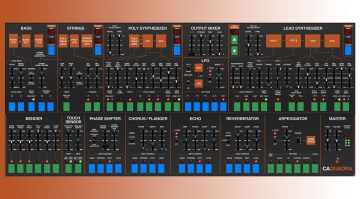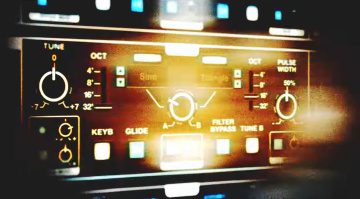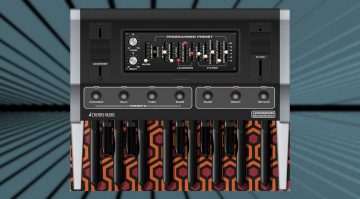Cherry Audio Pro Soloist: ARP inspiration Plus New Synth Stack 4!
Don the cape and crack out the Slipperman suit as Cherry Audio takes the ARP Pro Soloist & gives it, and their Synth Stack, some oomph!
2023 has been a very busy year at Cherry Audio Towers. Just as the dust is settling on their last outing, the wonderful PS-3300, they’re back again with the Cherry Audio Pro Soloist, just in time for Thanksgiving! Having had a few weeks to play around with the instrument I think I can safely say that this is one of my favourites! And I wasn’t really a massive fan of the original hardware. This is down to the fact that, as usual, Cherry Audio has taken the original and massively expanded on it.
In addition to this new instrument, Cherry Audio have added it, and a bunch of their other recent releases, to their superb Synth Stack. More on that later, but first, some history…
The ARP Pro Soloist
In 1972, ARP decided to revamp their popular organ-top mono synth, the Soloist, to ‘Pro’ level. The Soloist was, in 1970, the first commercial preset synth. It was pretty basic and had just 18 preset tones. It was designed to complement rather than wig out on its own. The Pro version introduced digital memory chips to not only expand the presets but also provide tuning stability. One other new feature was the keyboard’s touch sensor capability. In a world where aftertouch is common, and poly aftertouch even more so, this early form of the tool was really new and exciting.
Expression was the name of the game here and the touch sensor was the heart of it all. The Pro Soloist allowed the user to assign a range of effects that would be triggered by it. Pitch bend, wow, growl, brilliance and more were just a switch away. All of these could massively expand the player’s range with just those 30 presets. Quite possibly the most famous user was Tony Banks of Genesis. But it wasn’t just Tony who fell for the Pro Soloist’s charms. Gary Numan, Tangerine Dream, David Bowie, Vangelis, Chick Corea and Herbie Hancock were all fans.
The Cherry Audio Pro Soloist
As you will have come to expect, the Cherry Audio Pro Soloist ticks all the original’s boxes. The most obvious is that you can now play across the entire range of an 88-note keyboard. And you can do that with 16 voices of polyphony. Not only that but there is a second layer with another 16 voices. This allows for previously unobtainable stacked or split sounds. It even has the ability to simulate polyphonic aftertouch using a channel aftertouch keyboard! Clever girl!
The simple front panel has been expanded upon greatly. However, this is not at the expense of real estate. There are three main panel modes; Performance, Edit and Arp/FX. These are selected on the left of the main panel. Performance mode is just like the original hardware. The big, flappy switches are instantly recognisable and any seasoned Pro Soloist player will feel immediately at home. Edit is where things get deeper. Each layer is accessed via a tab. you can then play around with the LFO, VCO, VCF, VCA and envelopes. There are five Resonator Banks, arranged in parallel, each with its own bandpass filters. The original’s presets are provided, but all of the resonance controls, like almost everything else in the Pro Soloist, are modulateable via the Mod Matrix.
You are currently viewing a placeholder content from YouTube. To access the actual content, click the button below. Please note that doing so will share data with third-party providers.
Techy Speccys
Powering the 16 voice per layer feature is a VCO with sawtooth and pulse waves with an additional Super Wave option. These can be modulated with either the ADSR or AR envelopes as well as the LFO and velocity. Each layer allows the associated VCO to be independently panned too. The VCF is a 24db/oct affair with filter invert and numerous modulation sources, including a ‘Growl’ feature that is a special low frequency oscillator.
The LFO has four waveforms and is tempo-syncable. The envelopes I mentioned earlier have ADSR and AR versions and the 6-slot mod matrix has 22 sources and 58 destinations, including the FX. Speaking fo which, Pro Soloist has some brilliant FX on-board. These include distortion, a phaser, flanger/chorus, echo and reverb. The latter includes Cherry Audio’s Galactic reverb which is pretty nice!
Pro Soloist comes with over 400 presets with more packs available to buy at launch.
My Thoughts
I will be perfectly honest and say that having a software recreation of the Pro Soloist wasn’t exactly top of my wish list. But once I got into it, I very quickly fell in love with its tone. Many people will want this to get those oddly appealing presets that the hardware is famous for. But for me, the real beauty of this synth is the ability to layer these with more appealing tones and then, all of a sudden, this thing becomes a polyphonic beast! Couple this with the brilliant FX and the expression you get from the PolyAT and soloing is the LAST thing you’ll want to do.
It’s almost boring heaping praise on Cherry Audio but here I go again! I keep wondering if and when they might make a mis-step. It hasn’t happened yet and Pro Soloist is not about to kick it off. It’s a brilliant homage to the original, and delivers way more than its name suggests. Poly Soloist might have been a better name. If you want proof, buy this (it’s just a mere $49 at launch) and go to a preset called ‘Arp Pad’. You’ll be on that one for some time!
More Information
In other news, Cherry Audio have updated their Synth Stack to version 4 which now includes not only the Pro Soloist but their PS-3300, Mercury 6, Novachord + Solovox, Octave Cat and Harmonia. All of this for $299 until December 5th! After that, it becomes $399. However, the price drops significantly based on how many Cherry Audio products you already own. Check out your Cherry Audio account for your personal price.
You are currently viewing a placeholder content from YouTube. To access the actual content, click the button below. Please note that doing so will share data with third-party providers.
Cherry Audio Pro Soloist is available for Mac (10.13+) and Windows (7+) as an AU/VST/VST3/AAX plugin and also standalone. Price is $49 USD for a limited time. MSRP is $69.
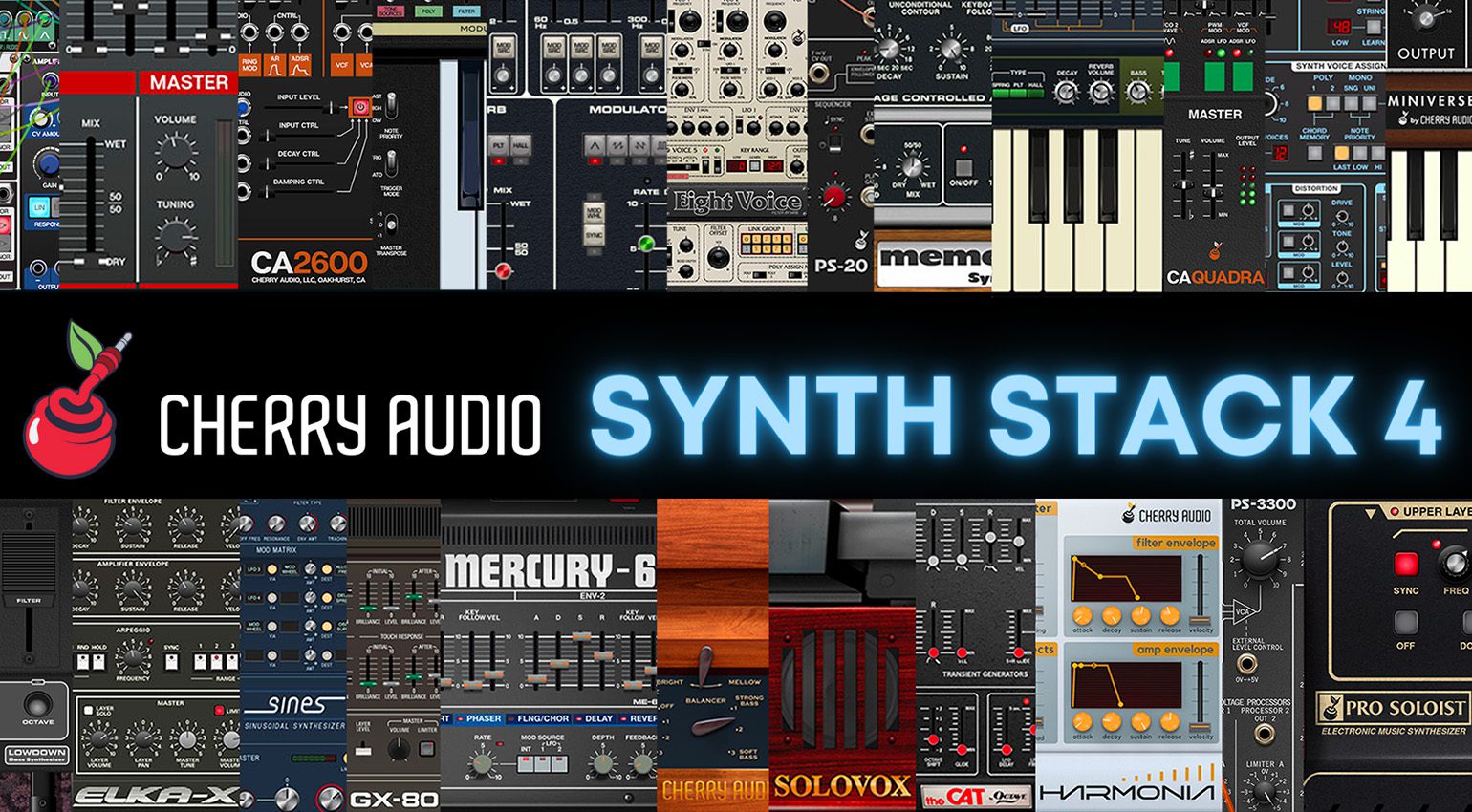

 4,3 / 5,0 |
4,3 / 5,0 | 